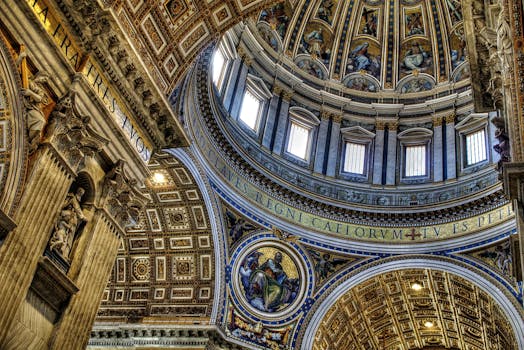
Traveling Through Time: How Europe’s Historical Heritage Shapes Modern Lifestyles in 2025
Europe’s historical heritage is a treasure trove of cultural, architectural, and artistic riches that continue to shape modern lifestyles in 2025. Traveling Through Time is an immersive experience that allows us to explore the continent’s fascinating past and its lasting impact on contemporary society. In this article, we will delve into the ways in which Europe’s historical heritage influences modern lifestyles, from the preservation of ancient monuments to the evolution of art, culture, and traditions.
The Preservation of Ancient Monuments
Europe is home to some of the world’s most iconic and historically significant monuments, such as the Colosseum in Rome, the Acropolis in Athens, and the Notre-Dame Cathedral in Paris. These ancient structures have withstood the test of time, and their preservation is a testament to the continent’s rich cultural heritage. In 2025, these monuments continue to attract millions of visitors from around the world, who come to marvel at their beauty, history, and significance. The preservation of these monuments is not only important for their historical value but also for their role in shaping modern lifestyles. For instance, the Colosseum has inspired countless architectural designs, from sports stadiums to concert venues, while the Acropolis has influenced the development of modern art and culture.
The Evolution of Art and Culture
Europe’s historical heritage has had a profound impact on the evolution of art and culture. From the Renaissance to the Modern era, European artists have been at the forefront of innovation and creativity, pushing boundaries and challenging conventional norms. In 2025, this legacy continues to inspire artists, musicians, and writers, who draw upon the continent’s rich cultural heritage to create new and exciting works. The influence of European art and culture can be seen in everything from fashion and design to music and film. For example, the works of Leonardo da Vinci, Michelangelo, and Raphael continue to inspire artists and designers, while the music of Mozart, Beethoven, and Bach remains a cornerstone of classical music.
Traditions and Customs
Europe’s historical heritage is not just about monuments and art; it is also about the traditions and customs that have been passed down through generations. From the festive markets of Germany to the flamenco dancers of Spain, European traditions and customs are an integral part of modern lifestyles. In 2025, these traditions continue to evolve, incorporating new elements and influences while remaining true to their historical roots. For instance, the Christmas markets of Germany and Austria have become a beloved tradition, attracting visitors from around the world with their festive atmosphere, delicious food, and unique handicrafts.
Conclusion
In conclusion, Europe’s historical heritage is a vibrant and living entity that continues to shape modern lifestyles in 2025. From the preservation of ancient monuments to the evolution of art and culture, and from traditions and customs to modern innovations, Europe’s rich cultural heritage is a treasure trove of inspiration and creativity. As we travel through time, we are reminded of the importance of preserving our cultural heritage for future generations, while also embracing innovation and progress. By doing so, we can ensure that Europe’s historical heritage continues to thrive, inspiring and shaping modern lifestyles for years to come.





